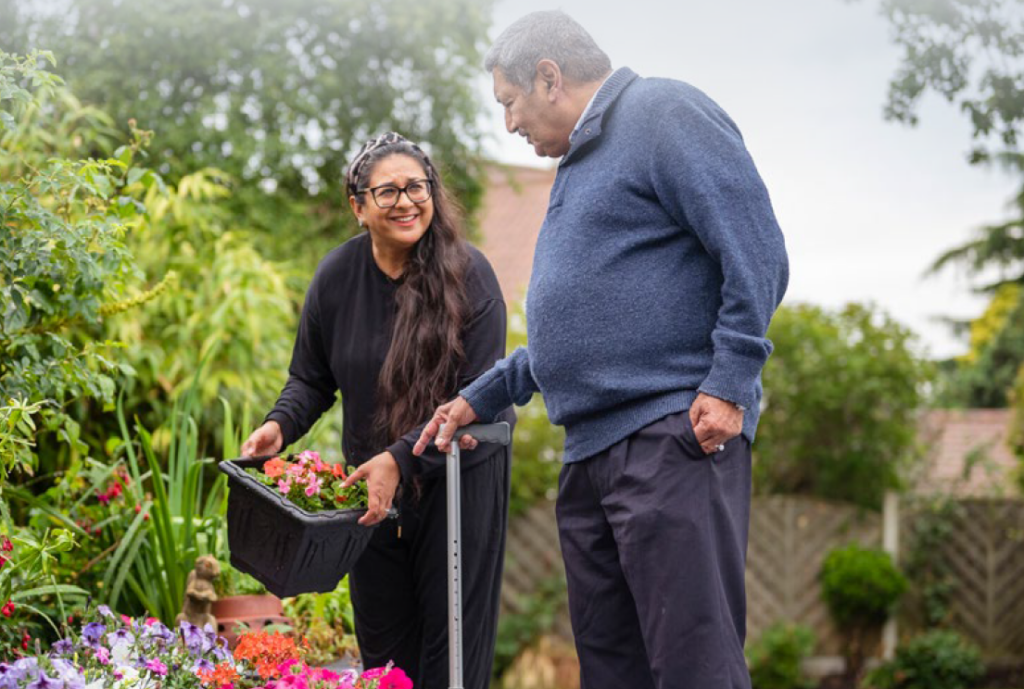Frailty, Diversity and Communication

Helping clinicians have richer conversations about frailty with their service users.
Work around frailty and communication is not new. The ‘People’s Description of Frailty’, co-constructed through the work of the London Clinical Frailty network, is as follows:
Frailty is a word that may be used to describe your state of health or that of someone you care for.
Being described as ‘frail’, having ‘frailty’ or ‘living with frailty’ may occur when your body loses its natural reserves. This may be due to a range of factors such as illness, disability or aspects of the ageing process.
This definition does not work perfectly for everybody, but no definition ever could. It works well as one ‘tool in the toolbox’ for communicating about frailty. The question is, what other tools help to describe frailty and help patients to describe their own experiences of frailty?
We were commissioned by the London Clinical Frailty Network and worked in partnership with UCLPartners to help answer this question by engaging with a broad range of people beginning to experience frailty and related health services to understand their thoughts, feelings and vocabulary around frailty and to test the People’s Description of Frailty. The goal being to help clinicians have richer
conversations about frailty with as diverse a range of individuals as possible.
The 93 people we interviewed:
- Agreed that there are different cultures of ageing, with particular differences by ageing and ethnicity
- Said that being cared for triggers feelings of pressure or guilt, as much as it does security
- Did not like the word frailty – to varying degrees – in the way that the health system is using it. A few saw it as disrespectful or offensive
I don’t agree with that word, it’s rude, belittling. Instead, find out what I want, find out how people want to be addressed, just ask me and relate to me as me.
This feedback enabled us to suggest a set of design principles to support clinicians have rich conversations about frailty:
- Understand and validate the broad range of reactions to the idea of frailty
Recognise that the idea of frailty can be most challenging for younger people and/or people with milder frailty, and consider the lens of ‘health and well-being’ or ‘vulnerability’ as an alternative if necessary - Use the language of experience – how it feels – to help people grasp frailty
Build on people’s own vocabulary for frailty – understand what frailty means to them - Hold the strong emotions and beliefs that conversations about frailty can stir
- Focus on areas of strength and confidence around people’s health and independence
- Co-construct goals and decisions about the future
- Pro-actively help people to access the support they need with and beyond the health system
Conversations about frailty should be:
Positive – About building on what you are doing to stay well, and not about making assumptions based on age.
Private – Not about labelling or interfering in your life.
Practical – The word frailty is not important – it’s about what is helpful for you. You do not feel frail, and we want to help keep it that way.



